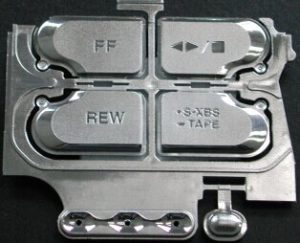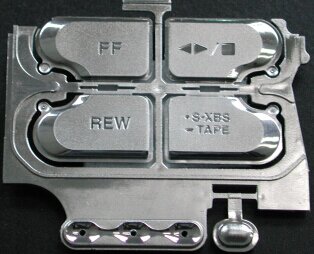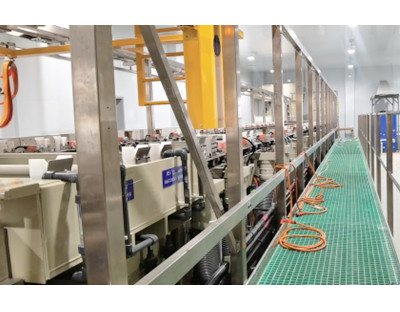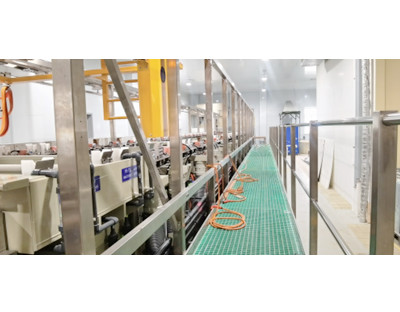With the continuous subdivision of industrial production and the continuous emergence of new processes and new materials, the design effect applied in actual products is also changing with each passing day. Electroplating is a process that we often involve in design, and the electroplating effect is an effect that we use for a long time and the process is relatively mature. The application of this process has been very many in our products, We hope that by summarizing our existing experience and making some design reference documents, we can better apply the plating effect to our design and more reasonably apply it to our design, which can bring some convenience for future work. Through this process, we can usually get some metal color effects, such as high gloss, matte, etc., and match different effects to form the difference of product effects. Through this process, we can add a bright spot to the product design.
1-1-1. Definition of electroplating
Electroplating is the process of using electrolysis to deposit metal or alloy on the surface of the workpiece to form a uniform, dense and well bonded metal layer, which is called electroplating. A simple understanding is the change or combination of physics and chemistry.
The electroplating process is generally used for the following purposes:
- Corrosion protection
- Protective decoration
- Abrasion resistance
- Electrical properties: provide conductive or insulating coatings according to the working requirements of parts
- Process requirements
1-1-2. Introduction to common coating methods
Here, some processes similar to electroplating are analyzed and introduced. Some of the following processes are related to our electroplating process. Through this introduction, we can have a perceptual understanding of these processes.
Electroless plating (autocatalytic plating)
On the surface of the activated substrate, the metal ions in the plating solution are catalytically reduced to form a metal coating. This is a process engineering that is mostly involved in our process. Only through this process can post-treatment such as electroplating be carried out, which is mostly used as the pre-treatment process of plastic parts.
Electroplating:
The process of forming a uniform, dense and well bonded metal or alloy deposition layer on the surface of the workpiece by electrolysis is complicated, but it has many advantages, such as more types of deposited metals, various colors, and lower price compared with similar processes.
Electroforming:
The process by which metal is deposited on a mold by electrolysis to produce or reproduce a metal product that can separate the mold from the metal deposit. This treatment method is used when the final product is required to have special surface effects, such as clear and obvious polishing and etching separation lines or special acute angles. Generally, copper is used as a part shape, and then the alloy is deposited on its surface by electroplating process, usually with a deposition thickness of several tens of mm. After that, the cavity is cut and assembled into the cavity of the mold, and the plastic parts are injected, The products processed in this way will have special effects on the edges and corners and the boundaries of several surfaces to meet the needs of design. Generally, we can see that many plastic parts with high quality requirements for high gloss and etched plating effects after plating usually adopt this method for design. As shown in the figure below, if the key plate with sharp edges and corners is manufactured by electroforming process, it will achieve good appearance effect.
Figure 1-1

Vacuum plating:
Vacuum plating mainly includes vacuum evaporation, sputtering and ion plating. They are all used to deposit various metal and non-metal films on the surface of plastic parts by distillation or sputtering under vacuum conditions. In this way, very thin surface coatings can be obtained. At the same time, it has the outstanding advantages of fast speed and good adhesion, but the price is also high. There are few metal types that can be operated, It is generally used as a functional coating for higher grade products, for example, as an internal shielding layer.







 Mar. 07, 2022
Mar. 07, 2022 




